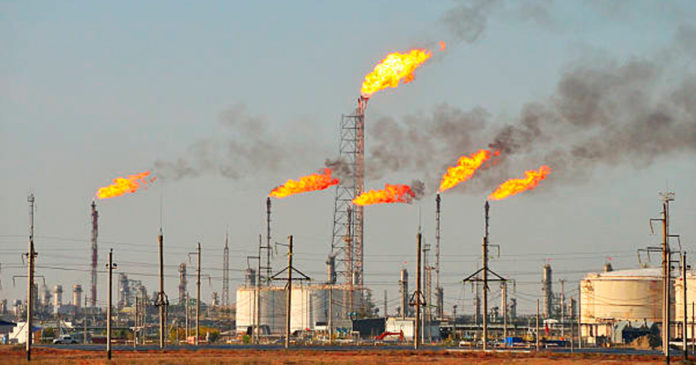The war in Ukraine is generating a realignment in worldwide trade flows of fuels. The sanctions imposed against Russian oil exports, by the Group of Seven advanced economies, cap the price of Russian exports of crude oil at $60 per barrel. Therefore, insurers, financiers and shippers are barred from processing seaborn Russian oil exports that exceed the price cap.
Thus far, these sanctions have not hurt world oil prices, which have remained at around $70 per barrel, while Russian crude exports have been diverted to other markets, such as China and India. However, the main diversion in oil and natural gas trade flows is between the United States and Western Europe, which has contributed to reduce European imports from Russia. For instance, in January, US Gulf Coast exports of oil to Western Europe reached 1.5 million barrels per day, in decreasing order to the United Kingdom, the Netherlands, Italy, France, Spain and Germany.
Also, exports of liquified natural gas to Western Europe have contributed to make the United States one of the largest exporters. Last year, from Gulf Coast terminals, the United States exports of natural gas a monthly rate of around 550 billion cubic feet. According to the energy historian Daniel Yergin, quoted in The Wall Street Journal (02/27/23), “U.S. energy now is becoming one of the foundations of European energy security.”







